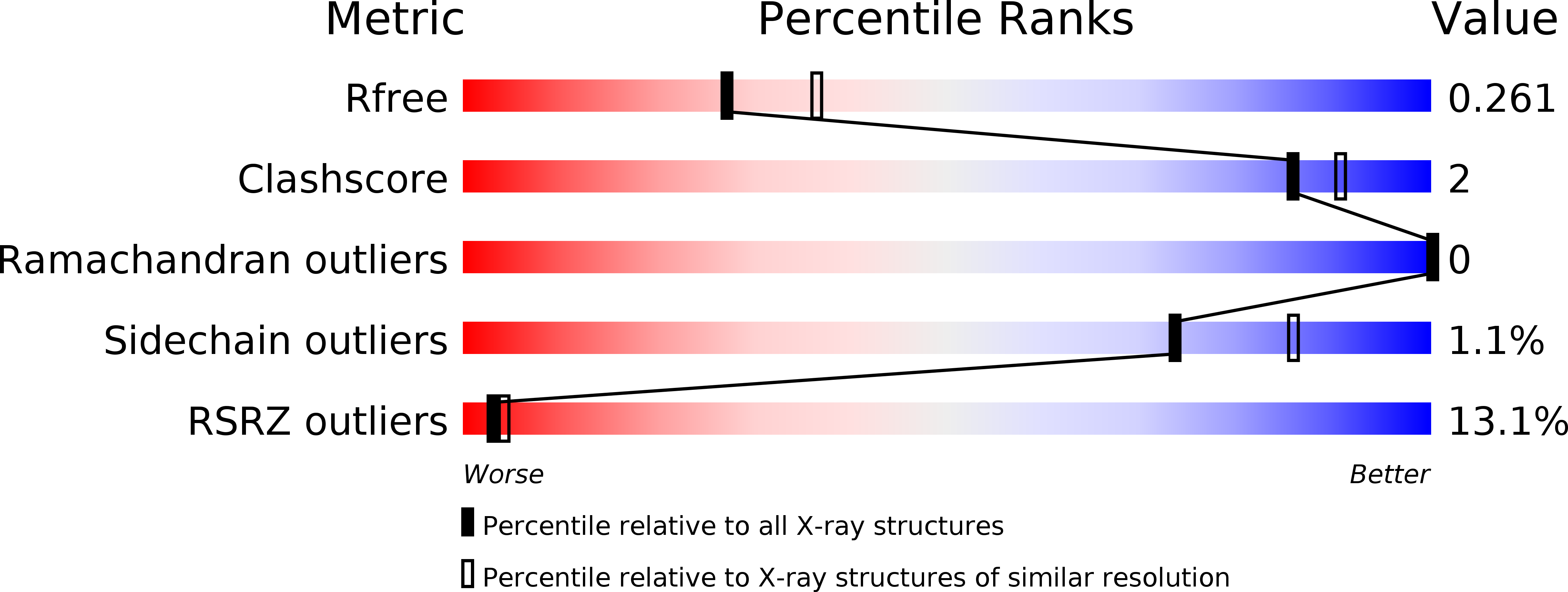
Deposition Date
2008-10-28
Release Date
2009-03-24
Last Version Date
2023-12-27
Method Details:
Experimental Method:
Resolution:
2.30 Å
R-Value Free:
0.25
R-Value Work:
0.23
R-Value Observed:
0.23
Space Group:
I 41


